Variable Rate or Fixed Rate in Spring 2024?
We’ve been through the ringer with interest rates these past couple years but it seems we may be at the trigger point where we see a decline in rates. What goes up must come down, right?! Interest rates have a lot to do with Canada’s current inflation rate. The Bank of Canada attempts to stabilize the inflation rate by increasing interest rates, so that is what we’ve been experiencing. A combination of high interest rates and high inflation rates make it really hard for Canadians to not worry about their finances.
It hasn’t increased in a while but also has not decreased, the past 5 rate announcements have expressed no change to the overnight rate. All the while inflation rates have been dropping. In June 2022 Canada’s inflation rate was at a high of 8.1%, the highest it has ever been in the last 20 years. It finally came back down in January 2024 and is now back within Canada’s parameters at 2.9%. So why have interest rates not reflected the same trend???
This brings up the question: should I get a variable rate or a fixed rate? While a large deciding factor is personal preference and financial ability to manage fluctuating monthly payments, there is still some strategy involved. Let’s explore it. Take a look at the graph below. It shows historical data of variable, fixed, and inflation rates over the past 25 years.
Here are some takeaways after considering this data:
25 year fixed rate average is 5.21%
25 year variable rate average is 4.15%
Inflation rate graphs show more drastic variations whereas variable and fixed rate graphs still go up and down but have less short term variations.
When inflation rates go up (or down) interest rate trends are not far behind but vary in trend intensity.
With this considered, it’s hard to say how intense a decline in interest rates we will see, although we know the correlation will entail a decline of some sort. The difficult part is being able to accurately predict the next 5 years of interest rate trends because the relationship between interest and inflation rates is not cookie cutter. They respectively have numerous factors that contribute to their fluctuations.
So, going forward with my mortgage - what should I do?
Explore the possibility of a variable rate mortgage
We are in a declining market and based on the expectations of the interest rates reflecting the new inflation rate we could expect a reduction in the prime rate hopefully by the end of 2024. With a variable rate, you’d be reaping these benefits and your monthly payments could decrease.
Opt for a shorter fixed rate term
If you prefer having some certainty when it comes to your monthly budget but don’t want to be locked into a rate as the prime rate goes down, a 3 year term is common and you can re-strategize and renew sooner with no penalties when interest rates are lower.
These are some cookie cutter tips we recommend in the current market, although every mortgage situation is different and it’s so important to consult your mortgage professional when thinking of changing your mortgage terms. Mortgage products can be so complex and to be able to use your mortgage as the financial tool that it is, it is key to have a mortgage agent on your side. Book a call here and let’s make sure you hop on the right opportunities.
Sources:
https://www.bankofcanada.ca/core-functions/monetary-policy/inflation/


